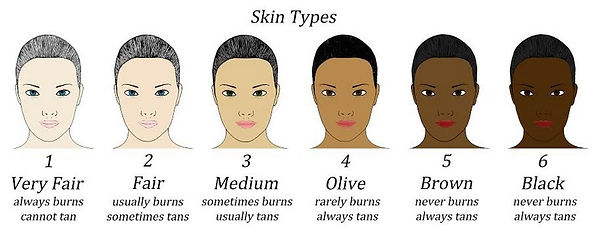
BODY SCAR
Whats the old scar:
When the thick inner layer of your skin (dermis) gets injured, your body produces a protein known as collagen fibres. The protein is produced to repair the damage caused by the injury. This is what results in scars.
You will notice that scars can clearly be differentiated from the rest of your skin because of its texture and darker appearance. While accidents and injuries are the most common causes of scars, they can also result from certain skin conditions such as acne.
For example, wounds where loss of skin tissue is recorded, appear darker than the rest of your skin. Wounds related to burn injuries, typically over large portions of the skin, appear shinier than the rest of your skin.
Scar Types:
Light Scars - Hypopigmentation
These scars are often present following surgery, trauma and self harm, the scar will heal with no pigment, leaving a white or translucent area of scar tissue.


Pigmented Scars:
Hyperpigmentation often targets clients with an olive skin tone and darker (Fitzpatrick III to VI). Traditional methods to reduce the scarring are not appropriate as this will often cause Post Inflammatory Pigmentation (PIH) or further darkening which will usually lighten on it’s own within 3-12 months.
We are now able to lighten this pigmentation safely
CO2 Laser – This is the gold standard for reducing scars, by choosing cooler settings we are able to reduce the chances of PIH.





Self-Harm Scars:
These scars are found most commonly on the arms, stomach and thighs, they are usually raised and quite fibrous due to the repetition of damage to the tissue.
Self-harm most often occurs during adolescence and teenage years and the scars, once healed, can be extremely difficult to live with and cover in later years.


Depressed Scars:
These scars are indented rather than raised, they are often a result of an accident, childhood diseases (such as chickenpox), or acne (ice pick, boxcar). There are a number of methods which will improve the look of these scars.

Raised Scars:
These are referred to as ‘hypertrophic’, they are often post-surgical or from an accident. They can look uneven, lumpy and feel quite fibrous.

The majority of scars will fall into one or more of the following categories, there are some extremely effective treatments for each.
Factors for the type of treatment will depend on the following:
-
Your age, health, and medical history
-
Severity and position of the scar
-
Type of scar
-
Your tolerance for specific medications, procedures, or therapies
-
Your preference for treatment and downtime
